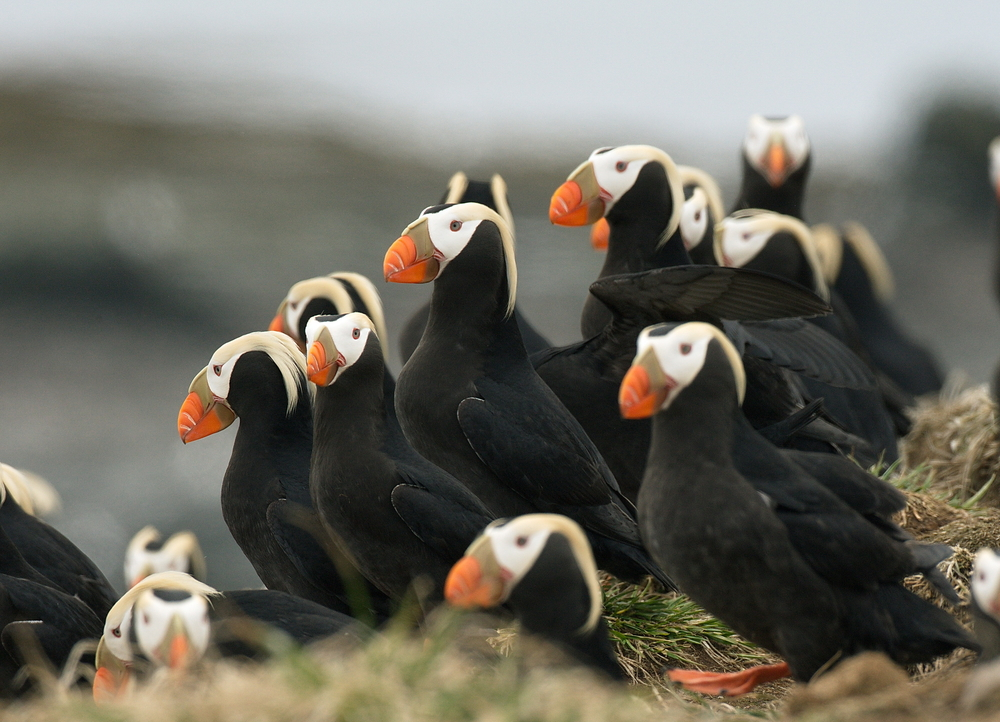Discover Tufted Puffins at Cannon Beach
 The Pacific Northwest has so much to offer—stunning rocky coastlines, pristine beaches, and lush forestry. That and the diverse wildlife that thrives near Tolovana Inn is sure to pique any nature lover’s interest. Those staying at Oregon Coast lodging from April to early September will be delighted to know that they’re bound to see tufted puffins in Cannon Beach during their getaway.
The Pacific Northwest has so much to offer—stunning rocky coastlines, pristine beaches, and lush forestry. That and the diverse wildlife that thrives near Tolovana Inn is sure to pique any nature lover’s interest. Those staying at Oregon Coast lodging from April to early September will be delighted to know that they’re bound to see tufted puffins in Cannon Beach during their getaway.
A Background on Cannon Beach Puffins
Generally, colonies of tufted puffins congregate around Haystack Rock, a well-known natural landmark near our Cannon Beach hotel. Unfortunately, there has been a steady decline in the puffin population over the past few decades, landing them on the endangered species list in 2015. Several factors may attribute to this fact, including climate change, a reduction in accessible food sources, fishing net entrapments, increased predation from eagles, and humans disturbing nesting grounds. For these reasons, it’s essential to keep your distance and maintain a mindful perspective as you embark on a tufted puffin quest from our Canon Beach resort. To learn more about what you can do to help sustain the Cannon Beach puffins, reach out to Haystack Rock Awareness Program.
Tips for Spotting Tufted Puffins in Oregon
Haystack Rock provides a home for one of the largest populations of puffins on the Oregon Coast. They tend to burrow in the meadows on the north and west Rock faces. It’s here where several tufted puffin couples will assemble in the spring to raise their puffling. The best time to spot a Cannon Beach puffin is during a sunny morning at low tide. Bring along a pair of binoculars so that you can maintain a safe distance, and keep an eye out for “little black flying footballs.” If you’re unsure whether you see a murre or a tufted puffin, murres have white bellies, and puffins have black. For those seeking a little more guidance, consider signing up for a Public Birding Walking Tour.
Enjoy the Wildlife near Our Cannon Beach Lodging
Just over an hour outside of Portland, Tolovana Inn provides a seaside experience you’re sure to love. Fall asleep to the soothing sound of ocean waves in our cozy accommodations and discover diverse landscapes and unique wildlife, like tufted puffins at Cannon Beach. Sweeten your stay in our quintessential coastal village with one of our special offers. For more information on our availability please give us a call at 1-503-436-2211.
Puffins Cannon Beach, Cannon Beach Hotels, Cannon Beach Resort, Oregon Beach Hotels, Cannon Beach Lodging, Puffins in Oregon

